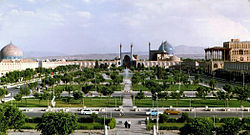This article has multiple issues. Please help improve it or discuss these issues on the talk page . (Learn how and when to remove these messages)
|


This article has multiple issues. Please help improve it or discuss these issues on the talk page . (Learn how and when to remove these messages)
|






Mythical creatures



Scientist
{{cite web}}: CS1 maint: archived copy as title (link)